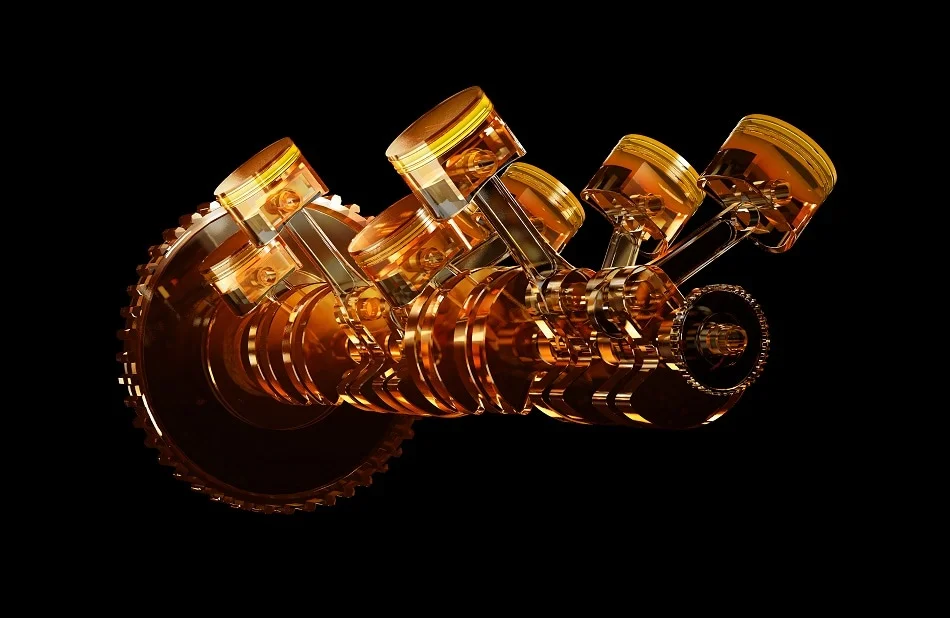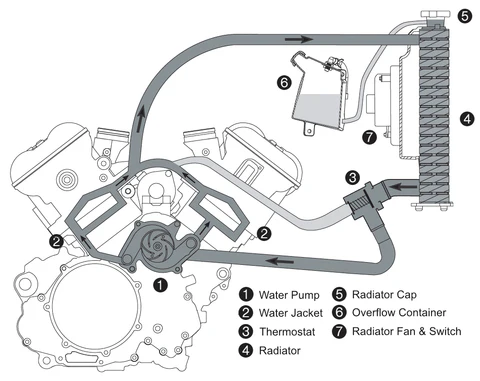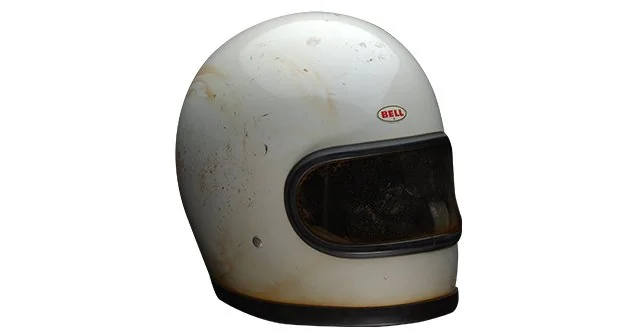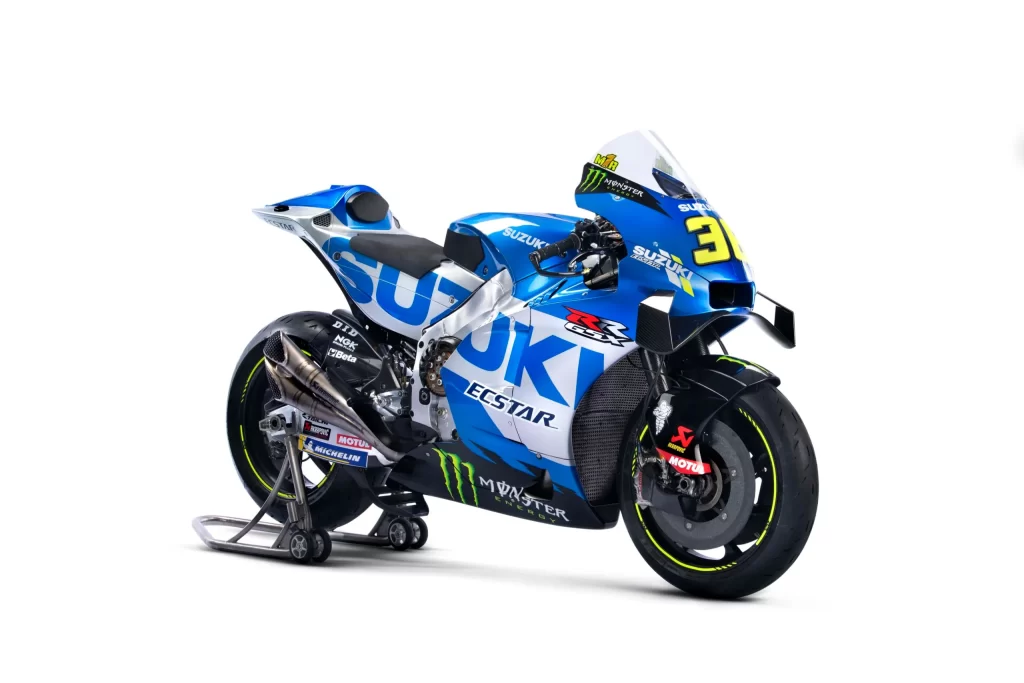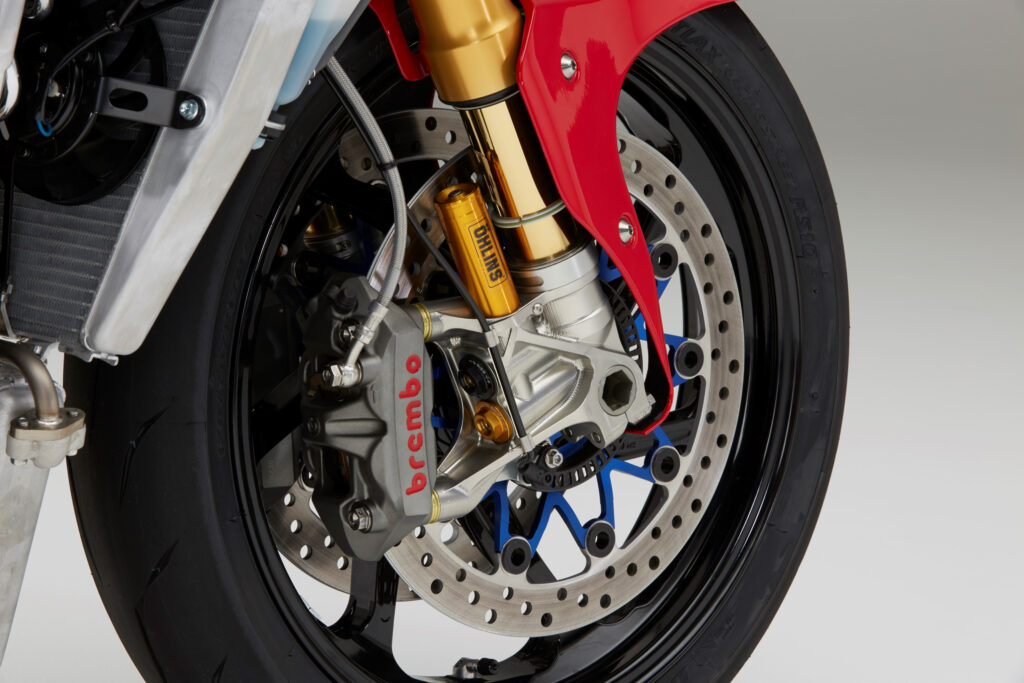The first thing that comes to mind when engine oil is mentioned is lubrication, keeping moving parts from grinding each other into dust. Part of that image is reinforced by ads that show oil circulating around the pistons and cylinders, and nowhere else.
However, the engine oil plays other equally important roles, like the amazing co-stars of a movie that were overlooked.
So, here are the 5 main functions of engine oil.
#1: Lubrication
Okay, this is the main use for engine oil. As we mentioned earlier, the oil film separates two surfaces, to keep them from coming into contact. Without oil, the surfaces, especially moving surfaces such as bearings, cam lobes, piston rings, etc. will scrape against each other, create intense heat, and seize.
#2: Cooling
Oil was the cooling medium before liquid-cooling became the in-thing. Oil has the capacity to absorb heat, lots of it. However, the liquid used for cooling an engine only circulates around the engine block and head, but does not reach the nether regions of an engine such as the crankshaft, camshaft, transmission, clutch (for motorcycles). These are moving parts and they are exposed to the heat from fuel combustion. So, it is the oil’s job to lubricate and cool them.
#3: Cleaning
How do you clean soot on the cylinder walls that resulted from fuel combustion? You cannot design a piston with brushes on its side. So, it is the oil’s job to carry this soot away and into the sump. This is one reason why an oil turns darker.
#4: Preventing oxidation and rust
Oil keeps parts from rusting which is a layman word for oxydation. The oil film keeps oxygen and water vapour away from the metal’s surface.
#5: Sealing
The oil film plays an important role in sealing gaps among certain engine components, such as between the piston rings and the cylinder wall. Without this 1 molecule thick oil film, combustion gases will blow straight through into the crankcase, resulting in power loss.
Oil is also a great seal for gaskets so that the oil itself does not leak out.
BONUS: Lubricating the clutch
This only applies to motorcycles, the majority of which uses the “wet” clutch. The engine oil is circulated around the clutch pack to keep the plates from having too much friction, therefore making them cooler and lasting longer.



